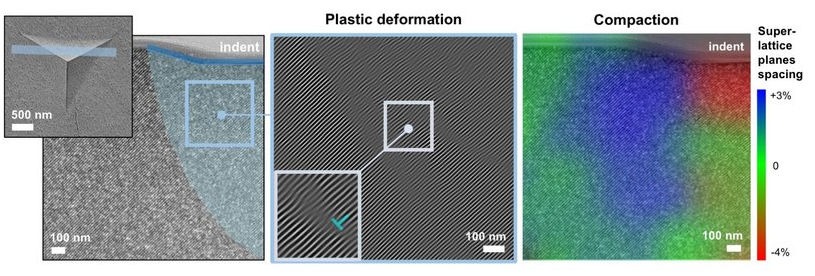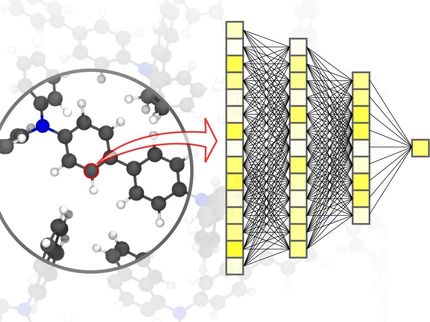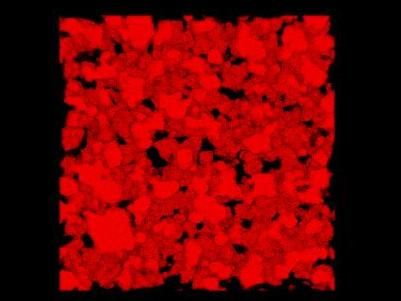As hard as a diamond and as deformable as metal
Scientists develop new material for tomorrow's technology
Smartphones with large glass housings and displays are impressive, but they are also very prone to get cracked and scratched. To prevent these kinds of damages, a material combining the hardness of diamond and the deformability of metals would be ideal – and is indeed considered the holy grail of structural materials. Professor Gerold Schneider of the Hamburg University of Technology and other Hamburg materials researchers, together with colleagues in Berkeley, California, have now developed a hybrid material, a so-called supercrystal, that comes closer to achieving this goal.

TU Hamburg
Such a material has the potential to make technology in areas such as electronics, photonics and energy storage more robust and cost-effective.
Deformable material made of nanoparticles
In collaboration with colleagues from the Helmholtz-Zentrum Geesthacht and the University of California, Berkeley, the research team led by Professor Gerold Schneider has discovered that nanoparticles can be arranged like atoms in a three-dimensional, periodic lattice, and adhere to each other with the help of ultra-thin layers of fatty acids. Since the nanoparticles are made of hard iron oxide, a type of rust, and the bonding layer is made of liquid oleic acid, the supercrystal is both hard and at the same time easy to deform, together with completely environmentally compatible. Perfect for surfaces subject to heavy wear.
New material concept
"Plastic deformation of materials such as copper, aluminum or steel has long been known in research. The fact that this mechanical behavior can also be transferred to high-strength supercrystals is completely new," explains Diletta Giuntini, a research associate at TU Hamburg and now an assistant professor at the Eindhoven University of Technology. "As part of our work, we have gained valuable knowledge about how to control the mechanical properties and deformability of supercrystals. In the next steps, we want to fine-tune their individual components and the interactions among them, and perfect these hybrid materials for a diverse set of applications," she continued.
Original publication
Other news from the department science
These products might interest you

NANOPHOX CS by Sympatec
Particle size analysis in the nano range: Analyzing high concentrations with ease
Reliable results without time-consuming sample preparation

Eclipse by Wyatt Technology
FFF-MALS system for separation and characterization of macromolecules and nanoparticles
The latest and most innovative FFF system designed for highest usability, robustness and data quality

DynaPro Plate Reader III by Wyatt Technology
Screening of biopharmaceuticals and proteins with high-throughput dynamic light scattering (DLS)
Efficiently characterize your sample quality and stability from lead discovery to quality control

Get the chemical industry in your inbox
By submitting this form you agree that LUMITOS AG will send you the newsletter(s) selected above by email. Your data will not be passed on to third parties. Your data will be stored and processed in accordance with our data protection regulations. LUMITOS may contact you by email for the purpose of advertising or market and opinion surveys. You can revoke your consent at any time without giving reasons to LUMITOS AG, Ernst-Augustin-Str. 2, 12489 Berlin, Germany or by e-mail at revoke@lumitos.com with effect for the future. In addition, each email contains a link to unsubscribe from the corresponding newsletter.





























































